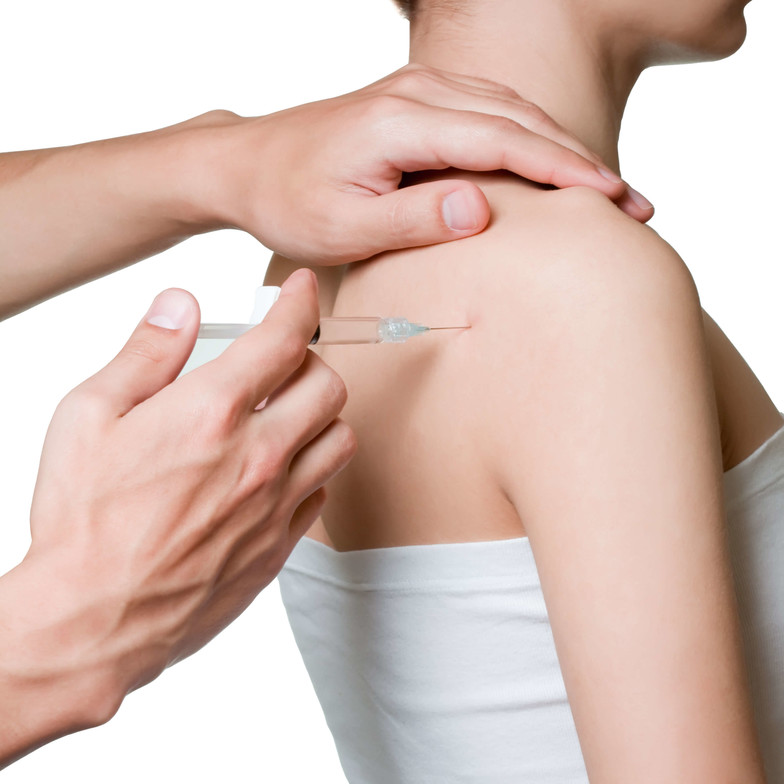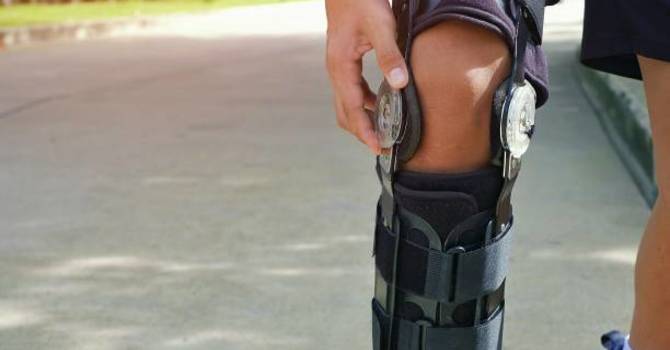
Frozen shoulder—also known as adhesive capsulitis—can be a frustrating and painful condition, robbing you of everyday ease, sleep, and simple movement. If you’ve been searching for long-term relief beyond painkillers or corticosteroid injections, you may have come across a promising, natural therapy: PRP (Platelet-Rich Plasma).
At Tulsi Wellness Club, we specialize in regenerative medicine that works with your body, not against it. PRP for frozen shoulder has become one of our favorite tools for helping clients reduce pain, restore motion, and heal from the inside out—without surgery or synthetic drugs.
But what exactly is PRP? How does it work for frozen shoulder? And what should you expect, from detox-like reactions to blood sugar considerations?
Here’s what you need to know.
What Is Frozen Shoulder?
Frozen shoulder is a condition where the connective tissue surrounding the shoulder joint—called the joint capsule—becomes thickened and tight. Over time, this restricts movement and leads to inflammation, stiffness, and chronic pain.
It typically develops in three stages:
-
Freezing – Pain increases, and range of motion begins to decline.
-
Frozen – Stiffness worsens, but pain may plateau.
-
Thawing – Range of motion begins to improve, but full recovery can take months—or years.
Often triggered by injury, overuse, or even hormonal changes (especially in women over 40), frozen shoulder can also develop without any obvious cause. That’s where regenerative therapies like PRP come in—to break the cycle of inflammation and trigger healing at the cellular level.
What Is PRP and How Does It Help Frozen Shoulder?
PRP (Platelet-Rich Plasma) is a concentrated serum derived from your own blood. After a quick blood draw, we spin it in a centrifuge to isolate powerful healing platelets and growth factors. These are then injected directly into the shoulder joint or surrounding soft tissue.
Here’s what PRP does:
-
Reduces inflammation at the site of injury
-
Stimulates tissue regeneration, including collagen production
-
Improves circulation and cellular repair in frozen areas
-
Speeds recovery from shoulder trauma or post-operative stiffness
In cases of frozen shoulder, PRP can soften the thickened joint capsule, reduce pain, and promote more flexible movement—often within weeks. Unlike steroid injections, which simply mask pain, PRP promotes real healing.
What to Expect After PRP for Frozen Shoulder
Day 1–3: Inflammatory Kickstart
You may feel increased soreness or “deep aching” in the shoulder right after the injection. This is a positive sign that the PRP is activating your body’s natural healing response.
Some clients also report fatigue, brain fog, or mild flu-like symptoms—especially if they’re already dealing with chronic inflammation or sluggish detox pathways. While PRP is localized, it does have systemic ripple effects that can trigger detox reactions, especially in sensitive individuals.
These symptoms may include:
-
Mild headache
-
Fatigue or brain fog
-
Temporary increase in pain
-
Slight fever or chills (rare)
These effects typically last 24–72 hours and can be supported with hydration, electrolytes, lymphatic drainage, and natural anti-inflammatory nutrition.
Hypoglycemia Considerations
Though PRP itself doesn't typically affect blood sugar, some clients may feel dizzy or lightheaded post-treatment—especially if they arrive fasted, anxious, or undernourished. This is often due to:
-
Mild dehydration
-
Stress or anxiety
-
Fasting before the procedure
-
Adrenal fatigue or low blood sugar tendencies
To prevent hypoglycemia, we recommend eating a protein-rich snack or meal 1–2 hours before treatment, and we always keep juice and electrolyte drinks on hand in our clinic. If you're particularly sensitive, let us know—we’ll tailor the experience to you.
PRP Timeline for Frozen Shoulder Recovery
While every body is different, here’s a general recovery timeline:
Week 1:
Soreness is expected for 1–3 days. Range of motion may still be limited, but some clients report slight improvements in pain or stiffness. Rest the shoulder, but don’t immobilize it entirely unless directed.
Week 2–4:
Pain begins to subside, and mobility improves gradually. Gentle range-of-motion exercises and physical therapy can be introduced at this stage to encourage recovery.
Week 4–8:
Most clients report meaningful improvement in flexibility, function, and pain levels. A second PRP injection may be considered depending on your progress.
For chronic or advanced frozen shoulder cases, a series of 2–3 PRP treatments spaced 4–6 weeks apart may be most effective.
Supporting Your Body Before and After PRP
At Tulsi Wellness Club, we take a whole-body approach to regenerative healing. To enhance the effectiveness of PRP, we often recommend:
Anti-inflammatory diet rich in omega-3s, turmeric, leafy greens
Hydration and mineral support for optimal cellular repair
IV therapy (like glutathione or vitamin C) for systemic support
Lymphatic massage or sauna to promote detox
Physical therapy to restore mobility safely
Why Choose PRP at Tulsi Wellness Club?
Not all PRP is created equal. At Tulsi, we use high-concentration PRP systems, customized injection protocols, and an integrative healing framework to support your entire system—not just your shoulder joint.
Our regenerative team works closely with you to ensure:
-
Safe, sterile, and comfortable injections
-
A full-body support plan before and after PRP
-
Ongoing check-ins and customized recovery timelines
-
Alternatives like ozone therapy, prolotherapy, or EBOO when needed
We believe healing doesn’t happen in isolation—and frozen shoulder deserves more than just temporary relief.
Final Thoughts
PRP for frozen shoulder is a safe, natural, and highly effective option for those ready to move beyond surface-level pain management and toward true healing. While the journey takes time, the results are often profound—especially when PRP is combined with proper support, movement, and lifestyle care.
At Tulsi Wellness Club, we’re honored to walk that healing path with you.
Ready to reclaim your movement and say goodbye to shoulder pain?
Book a consultation today and discover if Frozen Shoulder PRP therapy is right for you.
Tulsi Wellness Club
Where Regeneration Meets Root-Cause Healing.
Dr. Devin Stone
Contact Me



